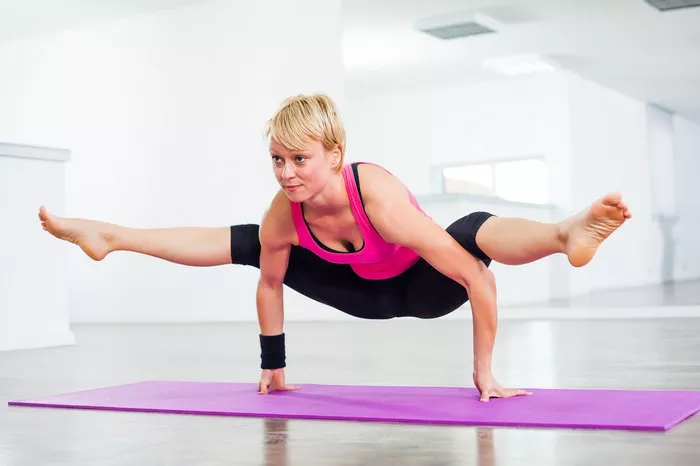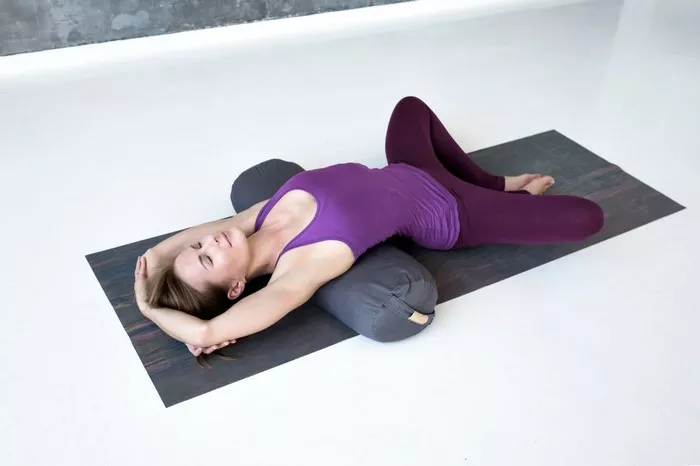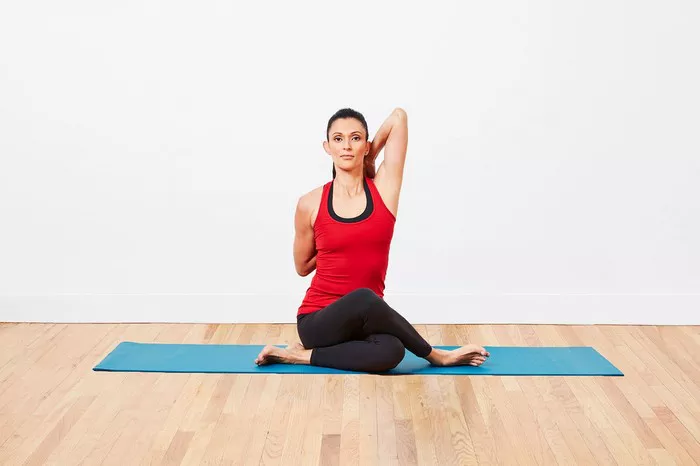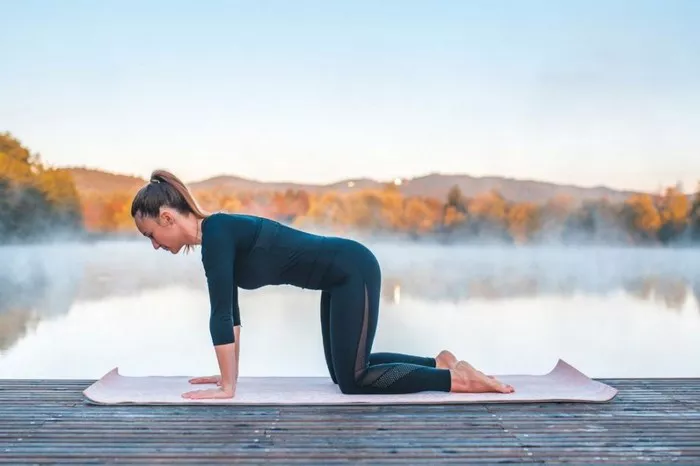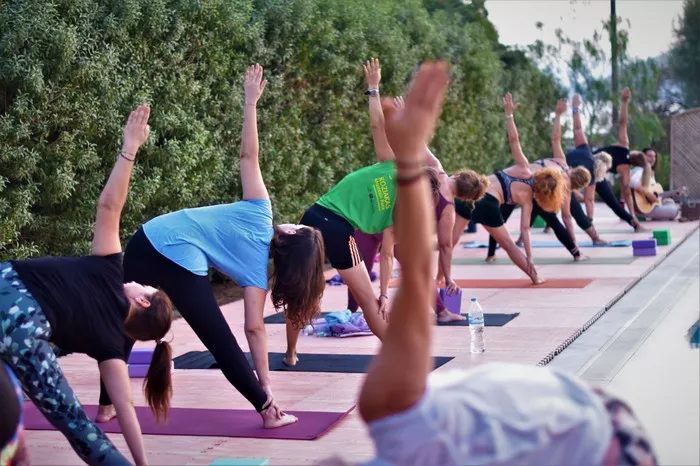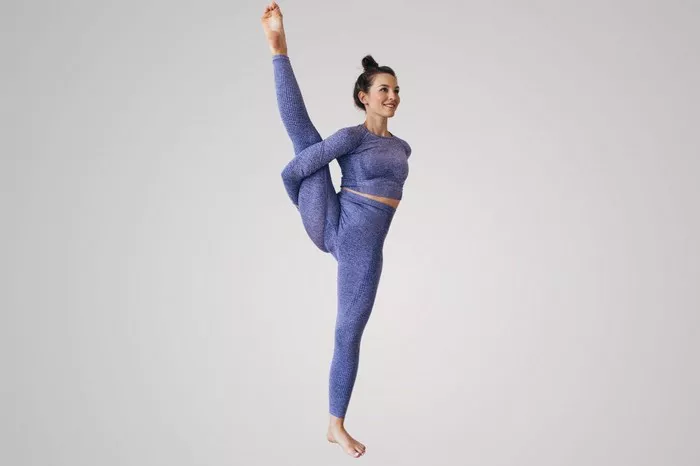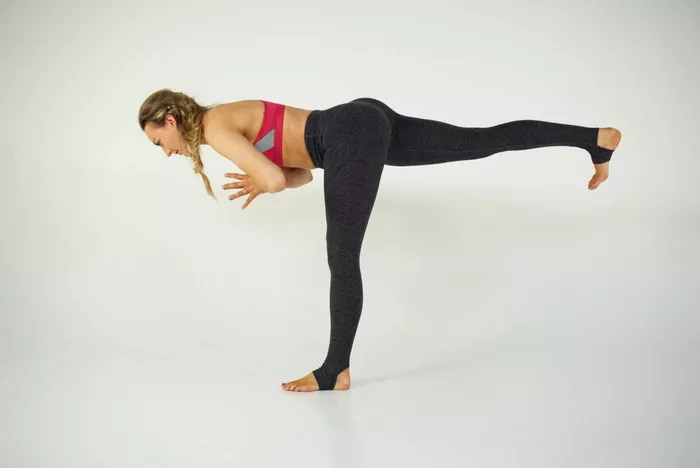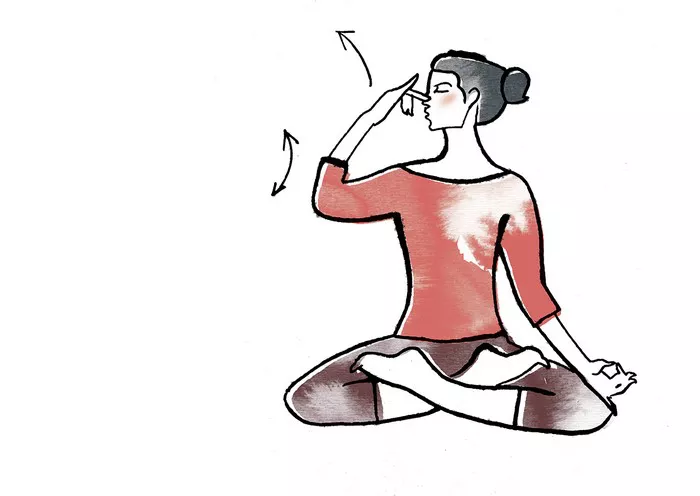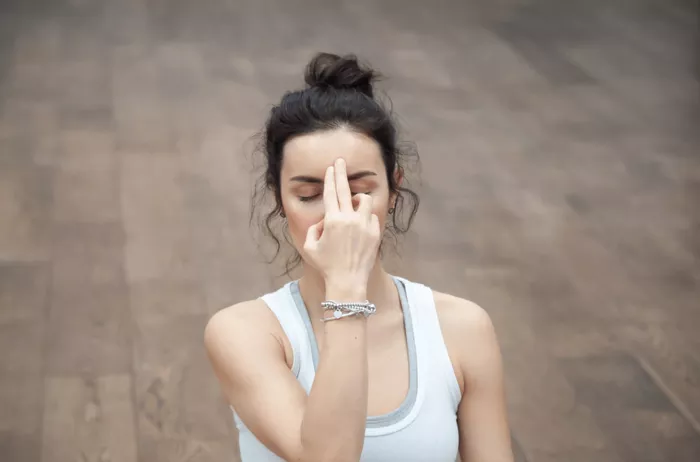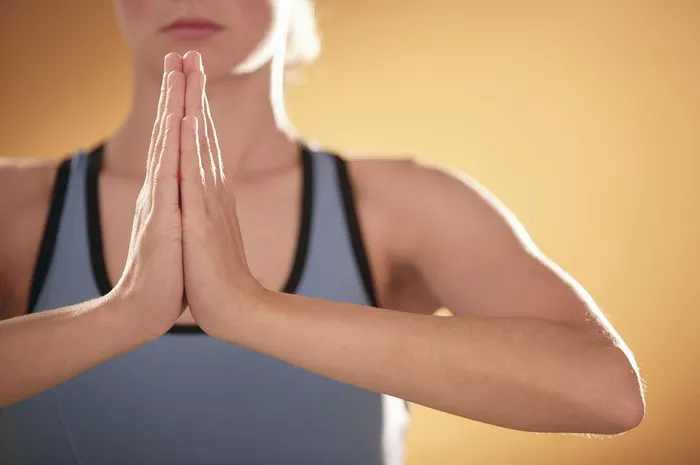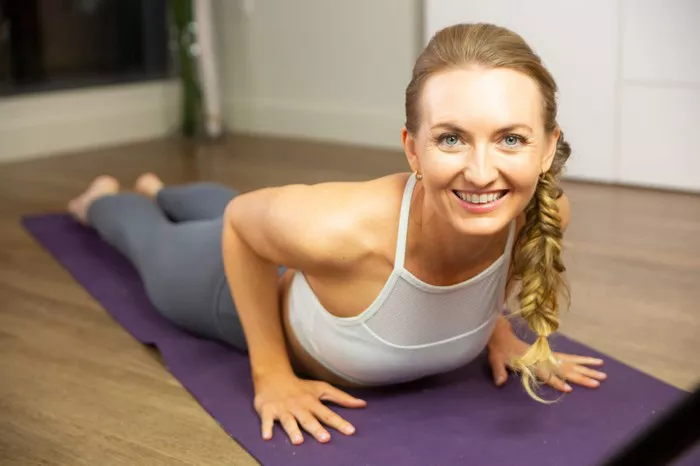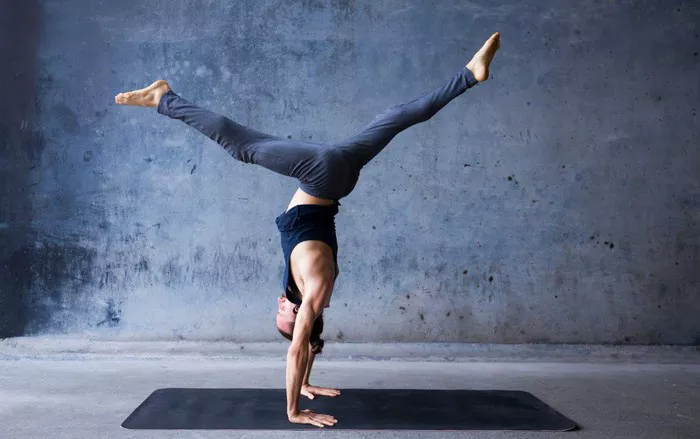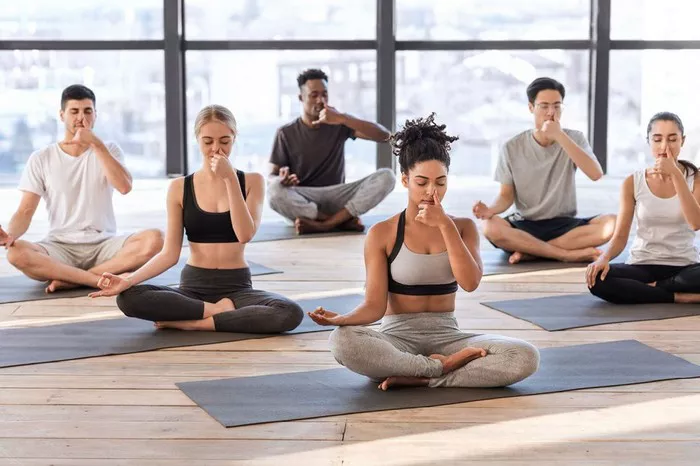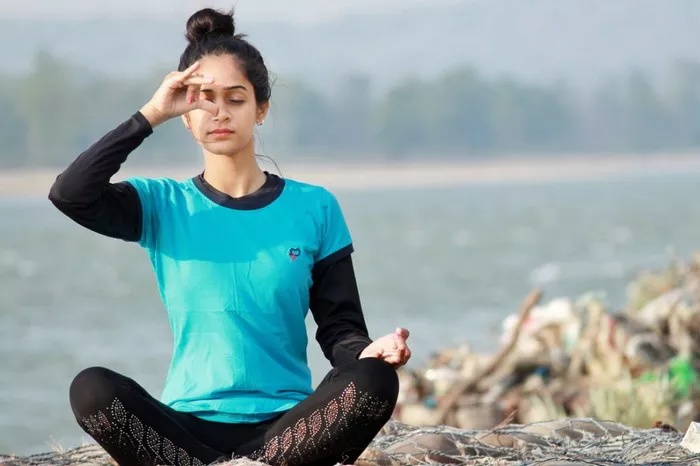Vertigo is a common condition characterized by a sensation of spinning or dizziness, often accompanied by balance issues, nausea, and disorientation. Unlike simple dizziness, vertigo typically stems from problems in the inner ear or brain that affect the body’s balance system. Patients with vertigo may experience episodes that range from mild to severe, significantly impacting daily activities and quality of life. Traditional treatments often include medications, physical therapy, and lifestyle modifications; however, some patients seek complementary approaches to manage symptoms better. Among these, Iyengar Yoga has gained attention as a potential non-pharmacological intervention for vertigo.
Vertigo’s complexity lies in its diverse causes, including benign paroxysmal positional vertigo (BPPV), vestibular neuritis, Meniere’s disease, and migraine-associated vertigo. The symptoms often involve not only physical discomfort but also psychological distress, such as anxiety and fear of falling. Given these multifaceted challenges, treatment modalities that address both physical and mental health components are particularly valuable. Iyengar Yoga, with its precise alignment focus and therapeutic adaptability, offers a holistic approach that may alleviate some vertigo symptoms by improving balance, body awareness, and relaxation.
What Is Iyengar Yoga?
Iyengar Yoga is a distinctive style of yoga developed by B.K.S. Iyengar, emphasizing meticulous alignment, use of props, and gradual progression through poses. This method is designed to make yoga accessible to practitioners of all levels, including those with physical limitations or medical conditions. Props such as blocks, straps, chairs, and walls help students maintain correct posture and stability, minimizing strain and enhancing the therapeutic effects of the practice.
Unlike more vigorous yoga styles, Iyengar Yoga prioritizes precision and mindfulness, making it particularly suitable for individuals with balance disorders like vertigo. The focus on holding poses longer and refining alignment allows practitioners to develop better proprioception—the body’s sense of its position in space. This improved body awareness can be crucial in managing vertigo, which often results from disrupted sensory signals between the inner ear, eyes, and muscles. Furthermore, Iyengar Yoga’s emphasis on breathing and relaxation techniques can reduce stress and anxiety, common aggravators of vertigo symptoms.
How Iyengar Yoga May Help Vertigo
Improving Balance and Stability
One of the core benefits of Iyengar Yoga for vertigo is its ability to enhance balance and stability through carefully designed poses. These poses often involve slow, deliberate movements and sustained postures that engage core muscles and improve coordination between sensory inputs. Examples include:
- Standing poses (e.g., Tree Pose, Warrior Poses): Help strengthen leg muscles and improve postural control.
- Seated poses with props: Enhance spinal alignment and body awareness without risking falls.
- Inversions (e.g., Legs-Up-the-Wall Pose): Promote blood circulation and can recalibrate the vestibular system.
By gradually exposing the body to controlled movements and stable postures, Iyengar Yoga helps retrain the brain’s balance mechanisms, potentially reducing the frequency and intensity of vertigo episodes.
Enhancing Proprioception and Vestibular Function
Proprioception—the body’s ability to sense its position and movement—is often impaired in vertigo patients. Iyengar Yoga’s emphasis on precision and alignment encourages practitioners to tune into subtle bodily sensations, fostering improved proprioceptive feedback. This enhanced awareness supports better coordination between the vestibular system (inner ear balance organs), visual cues, and muscular responses.
In addition, specific Iyengar Yoga sequences target the neck and upper spine, which play a critical role in vestibular function. Tightness or misalignment in these areas can exacerbate vertigo symptoms. Gentle stretches and adjustments in Iyengar Yoga may relieve tension and improve nerve function, contributing to symptom relief.
Reducing Stress and Anxiety
Vertigo episodes can be stressful and anxiety-inducing, which in turn may worsen symptoms. Iyengar Yoga incorporates pranayama (breathing techniques) and meditation practices that calm the nervous system and reduce stress hormones. Controlled breathing exercises, such as diaphragmatic breathing and alternate nostril breathing, promote relaxation and improve oxygen flow, supporting overall brain and body health.
Stress reduction is essential for vertigo management because anxiety can trigger or intensify dizziness. The calming effects of Iyengar Yoga may help break this cycle, allowing individuals to regain confidence in their balance and mobility.
Scientific Evidence and Research on Iyengar Yoga for Vertigo
While research specifically focusing on Iyengar Yoga’s impact on vertigo is limited, several studies support the benefits of yoga and balance training for vestibular disorders. Clinical trials have demonstrated that vestibular rehabilitation exercises, which share similarities with yoga postures, improve balance and reduce dizziness symptoms.
A few pilot studies involving Iyengar Yoga report positive outcomes in patients with balance problems, including enhanced stability, reduced fear of falling, and improved quality of life. For example:
- Balance Improvement: Studies show that regular practice of Iyengar Yoga can enhance postural stability by strengthening muscles and improving proprioception.
- Symptom Reduction: Participants report decreased frequency and severity of dizziness after consistent yoga sessions.
- Psychological Benefits: Yoga’s meditative and breath-focused elements help alleviate anxiety and depression linked to chronic vertigo.
Although more rigorous, large-scale research is needed to confirm these findings, the existing evidence encourages the integration of Iyengar Yoga into vertigo treatment plans as a complementary approach.
How to Practice Iyengar Yoga Safely for Vertigo
Consulting Healthcare Providers
Before starting Iyengar Yoga, individuals with vertigo should consult their healthcare provider or a specialist to ensure the practice is safe and appropriate for their specific condition. Vertigo can have different causes and severities, and some poses might need to be modified or avoided.
Finding a Qualified Iyengar Yoga Instructor
Because Iyengar Yoga relies heavily on correct alignment and props, it is essential to work with a certified Iyengar Yoga instructor familiar with therapeutic adaptations. A skilled teacher can tailor sessions to accommodate vertigo symptoms, offering modifications to avoid dizziness or falls.
Starting Slowly and Using Props
Beginners with vertigo should begin with gentle poses and use props such as chairs, walls, blocks, and straps for support. Avoiding rapid head movements and inversions that provoke symptoms is crucial. Sessions should focus on:
- Gentle stretching and strengthening.
- Balance-focused standing and seated poses.
- Breathing and relaxation techniques.
Progression should be gradual, with attention to the body’s signals to prevent overexertion or symptom flare-ups.
Creating a Safe Practice Environment
Practicing Iyengar Yoga in a quiet, well-lit space free of hazards reduces the risk of accidents. Using a sturdy yoga mat and ensuring good ventilation can also enhance comfort and safety.
Common Iyengar Yoga Poses Beneficial for Vertigo
Below are examples of Iyengar Yoga poses often recommended for individuals experiencing vertigo. Each pose is adapted to prioritize stability and alignment:
Tadasana (Mountain Pose)
A foundational standing pose that improves posture and balance.
Vrikshasana (Tree Pose)
Enhances single-leg balance and strengthens lower limbs.
Adho Mukha Svanasana (Downward-Facing Dog)
Stretches the spine and improves circulation.
Viparita Karani (Legs-Up-the-Wall Pose)
A gentle inversion that supports relaxation and blood flow.
Setu Bandhasana (Bridge Pose)
Opens the chest and strengthens back muscles.
Supta Baddha Konasana (Reclining Bound Angle Pose)
Promotes relaxation and gentle hip opening.
These poses are often supported by props to maintain alignment and reduce strain, making them safer for individuals prone to dizziness.
Integrating Iyengar Yoga into Vertigo Management
Iyengar Yoga is best viewed as part of a comprehensive vertigo management plan rather than a standalone cure. Integration with conventional treatments can enhance overall effectiveness. Key components include:
- Medical Treatment: Continue prescribed medications or physical therapy.
- Lifestyle Adjustments: Maintain hydration, avoid triggers like sudden head movements, and ensure proper sleep.
- Yoga Practice: Regular Iyengar Yoga sessions tailored to individual needs.
Patients should track their symptoms to identify improvements or any adverse effects from yoga practice. Over time, consistent Iyengar Yoga may help reduce symptom severity, improve balance confidence, and enhance overall well-being.
Conclusion
While Iyengar Yoga may not “cure” vertigo, it offers a promising complementary approach that addresses physical balance, proprioception, and psychological factors involved in vertigo symptoms. Its focus on precise alignment, use of props, and gradual progression makes it particularly suited for individuals with balance disorders.
Scientific research is emerging but not yet definitive; therefore, Iyengar Yoga should be practiced under professional guidance and in coordination with healthcare providers. For many, incorporating Iyengar Yoga into their vertigo management plan leads to improved symptom control, reduced anxiety, and a better quality of life. As with any therapeutic practice, individualized assessment and caution are essential to maximize benefits and ensure safety.
Related Topics:

